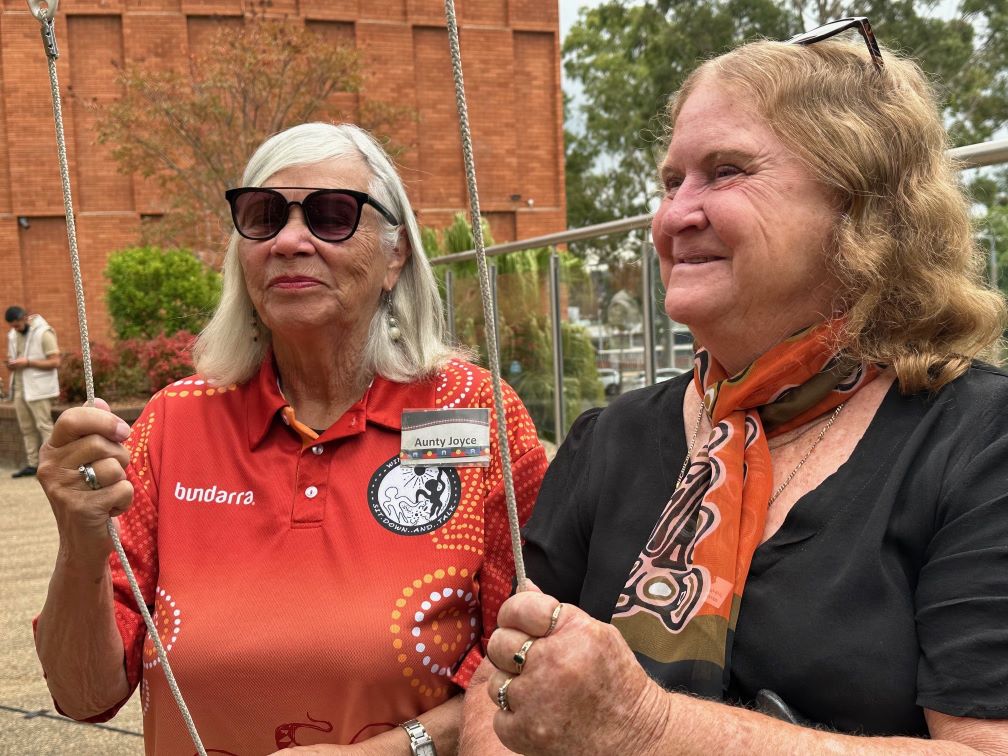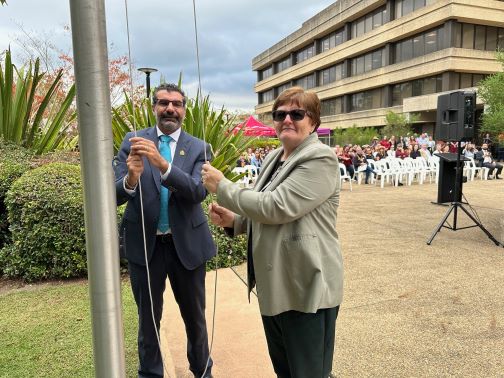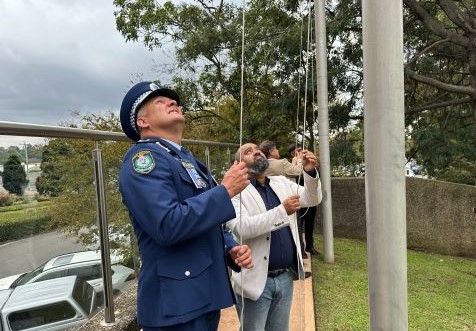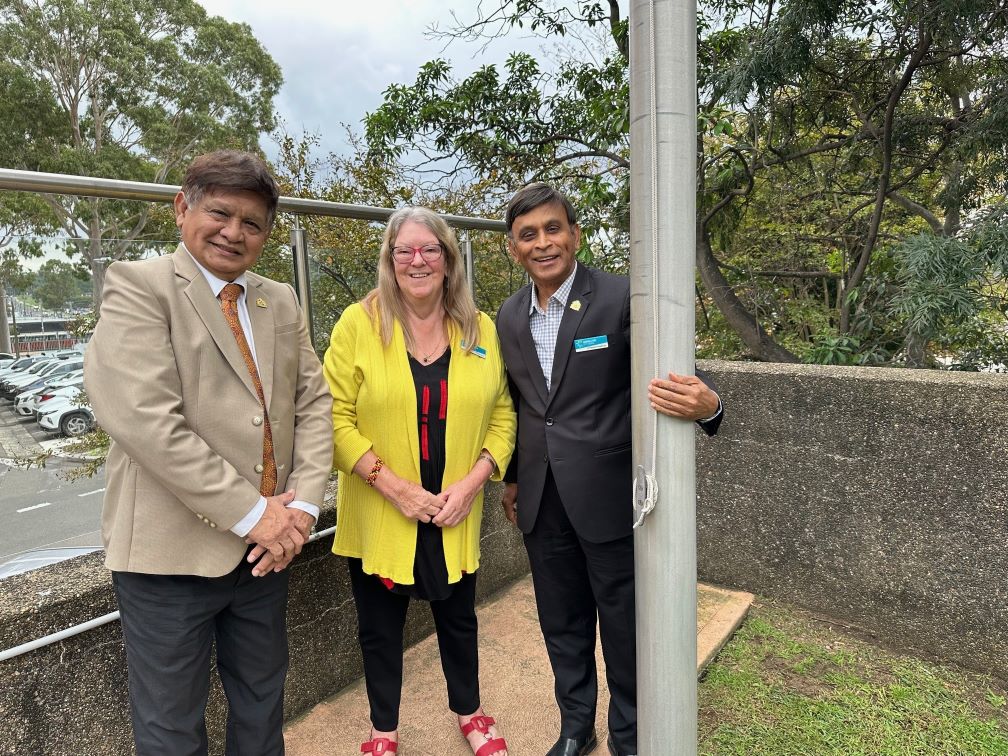

It wasn’t that long ago that the Appin Massacre of 1816 received little or no recognition.
Things have slowly changed, thanks to the efforts of members of the Campbelltown Indigenous community and their supporters.
A good portion of the credit has to go to a local elder, Auntie Glenda Chalker.

After discovering she was related to one of the survivors of the Appin Massacre, Auntie Glenda became determined to do all she could to ensure the 14 people who died on April 16, 1817 did not do so in vain.
As a result, the site of the massacre, on the edge of the Cataract River, is now included in the NSW State Heritage Register.
And plans for housing developments will now not impact the site, as is also the case with the proposed outer Sydney Orbital road, also known as the M9.
Every year, a memorial is held near the site on the Sunday before the anniversary, and the numbers attending are growing every year.
As is the case with the flag ceremony held by Campbelltown Council on April 17 every year as a mark respect to those who lost their lives.
“It is very important that we continue to hold this day so as to never forget what happened at Cataract that day,’’ Mayor George Greiss said in a short speech this morning.
Auntie Glenda offered those present the traditional welcome to country, before expressing her joy at the growing importance of the annual Appin Massacre commemoration day.
She was joined by another local elder, Aunty Joyce, for the flag raising ceremony, whereby all four flags on the forecourt of the Campbelltown Council building are raised to the top before being lowered to half mast.
The two elders, pictured at top, raised and lowered the Aboriginal flag.
Anne Stanley, Member for Werriwa, joined Mayor Greiss at the Australian flag pole, three councillors, Meg Oates, Masood Chowdhury and Rey Manoto were assigned the council flag (below).
Deputy mayor Masud Khalil joined the local police commander, Supt Grant Healy, to raise and lower the NSW flag (above).

